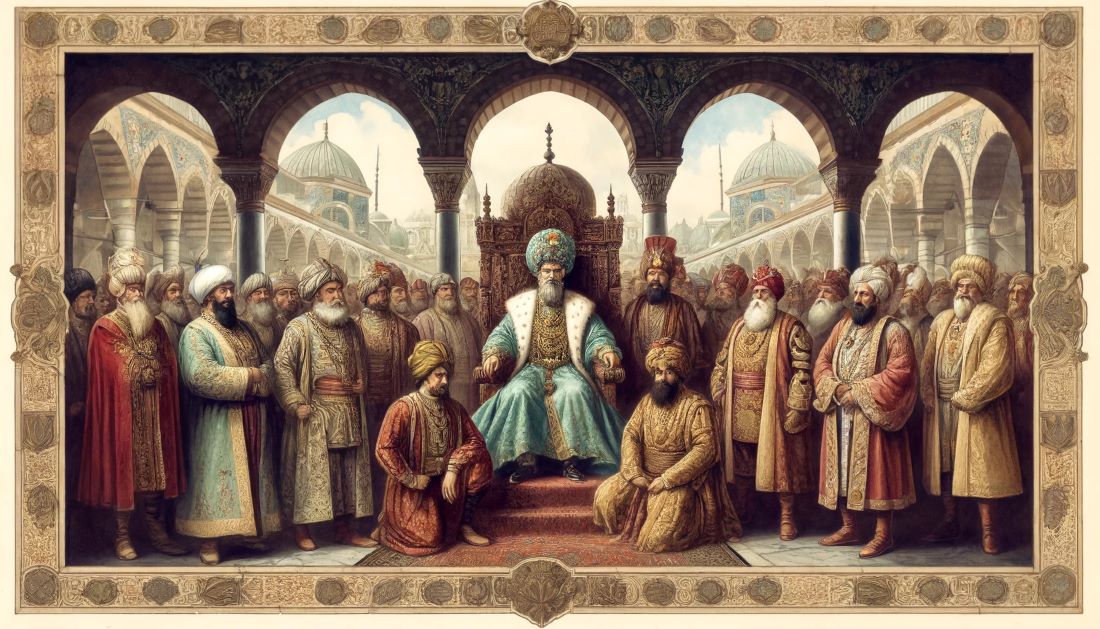Ottoman Sultans, at their zenith of power from the late 15th to the 17th century, were among the most formidable rulers worldwide, controlling an empire that spanned three continents and encompassed about 5.2 million square kilometers. In this blog post, we aim to highlight a brief list of five Ottoman Sultans whom we consider to be the most powerful and influential during the peak of the Ottoman Empire. Please note that this list is subjective and may vary, reflecting merely our own personal views.
Osman I
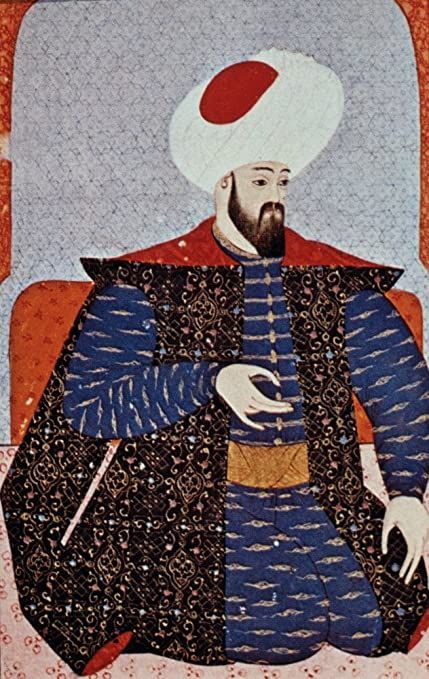
Reign: 1299 – 1326
Key Achievements:
- Founded the Ottoman Empire, establishing a dynasty that would last for over six centuries.
- Expanded his territory significantly, laying the foundation for a vast empire.
- Implemented military innovations that helped secure early victories and expansions.
Osman I, often regarded as the founder of the Ottoman Empire, holds a distinguished place among the greatest Ottoman Sultans. His reign marked the transition from a small frontier principality into the beginnings of a vast empire. Under Osman I, the early Ottoman military structure was developed, which included the effective use of mounted warriors. His conquests set the stage for the empire’s expansion, initiating the legacy of Ottoman rule in the region. Osman’s leadership not only laid the physical foundations of the empire through territorial expansion but also the ideological groundwork by promoting unification and expansion under the banner of Islam. His vision set a precedent for the successive sultans, framing the future course of the empire for centuries to come.
Murad I
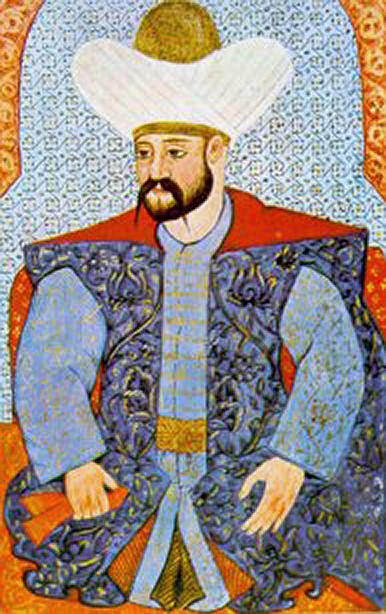
Reign: 1362 – 1389
Key Achievements:
- Expanded the Ottoman Empire into Europe, notably in the Balkans.
- Established the Janissary corps, one of the first standing armies in Europe.
- Was one of the few, if not the only, Ottoman Sultans to die in battle.
Murad I is celebrated as a pivotal figure in the history of the Ottoman Sultans due to his significant expansions into European territories. His reign saw the Ottoman Empire’s first major incursions into the Balkans, setting the stage for centuries of influence in the region. Murad I also founded the Janissary corps, an elite infantry unit that became a crucial component of the Ottoman military and played a central role in future conquests. His military and administrative innovations greatly enhanced the structure and efficacy of the Ottoman military system.
Murad I’s death was as significant as his life; he was killed at the Battle of Kosovo in 1389, making him one of the rare sultans, if not the only one, to die in battle. This event not only underscored the personal risks taken by warrior sultans but also marked a turning point, reinforcing the symbolic and actual might of the Ottoman Empire in both Europe and Asia. His leadership not only expanded the empire’s borders but also solidified its reputation as a formidable military power.
Bayezid I
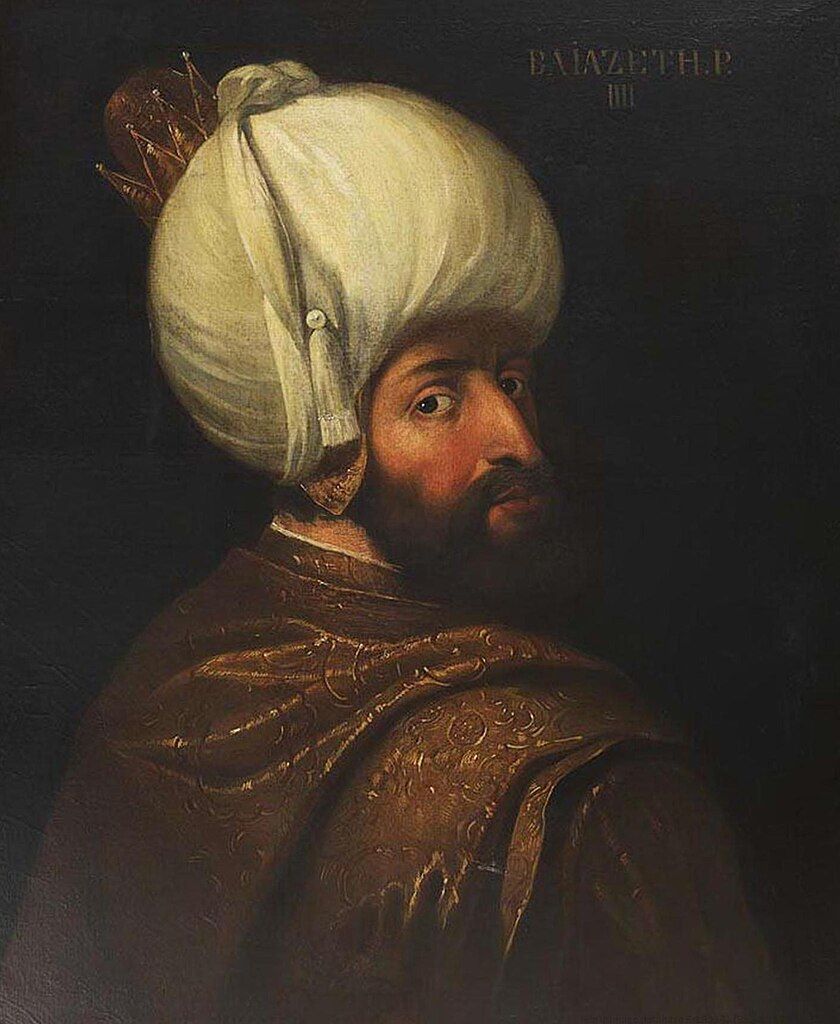
Reign: 1389 – 1402
Key Achievements:
- Continued expansion of the Ottoman Empire’s territory in both Europe and Asia.
- Enforced the centralization of government, improving administrative efficiency.
- Initiated the blockade of Constantinople, setting the stage for its eventual conquest.
Bayezid I, nicknamed “the Thunderbolt” for his swift military campaigns, significantly expanded the Ottoman Empire into Europe and Asia. His reign was marked by the initiation of the blockade of Constantinople and notable administrative reforms that centralized governmental power, enhancing the efficiency of the empire. However, his aggressive expansion ended abruptly when he was captured by Timur at the Battle of Ankara in 1402, leading to a brief period of political instability. Despite this setback, Bayezid’s efforts laid important groundwork for the future successes of the empire.
Mehmed II (The Conqueror)
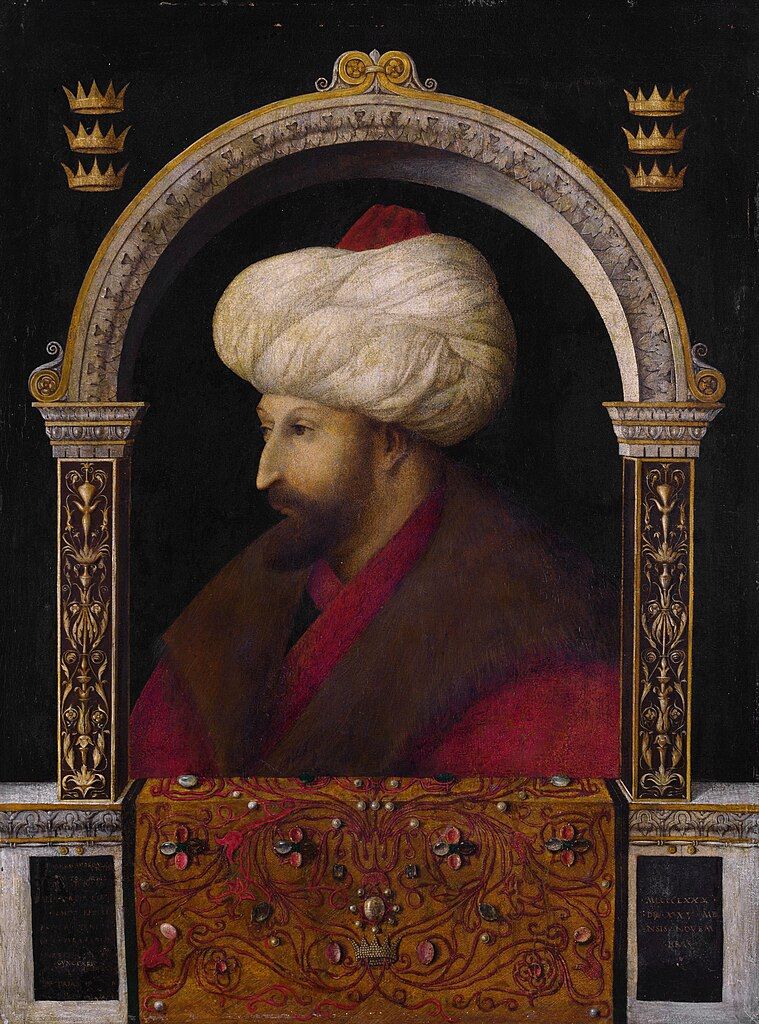
Reign: 1444 – 1446, 1451 – 1481
Key Achievements:
- Conquered Constantinople in 1453, marking the end of the Byzantine Empire.
- Expanded the Ottoman Empire into the Balkans, including Bosnia and Serbia.
- Promoted the arts and education, fostering a cultural renaissance in the empire.
Mehmed II, known as “The Conqueror,” is one of the most celebrated Ottoman Sultans, primarily for his conquest of Constantinople in 1453. This monumental victory not only ended the Byzantine Empire but also transformed the city into a thriving capital of the Ottoman Empire, later renamed Istanbul. Mehmed’s reign was characterized by significant military conquests in the Balkans, extending Ottoman rule into Bosnia and Serbia, and consolidating the empire’s European territories.
Beyond his military achievements, Mehmed II was a patron of the arts and an advocate for education, which spurred a cultural renaissance within the empire. His support for the arts and scholarly endeavors helped assimilate the varied cultures of the empire’s new territories, enhancing the architectural and intellectual landscape of Istanbul. Mehmed’s legacy is not only that of a conqueror but also of a visionary ruler who set the stage for a cosmopolitan empire that bridged the East and the West.
Suleiman I (The Magnificent)
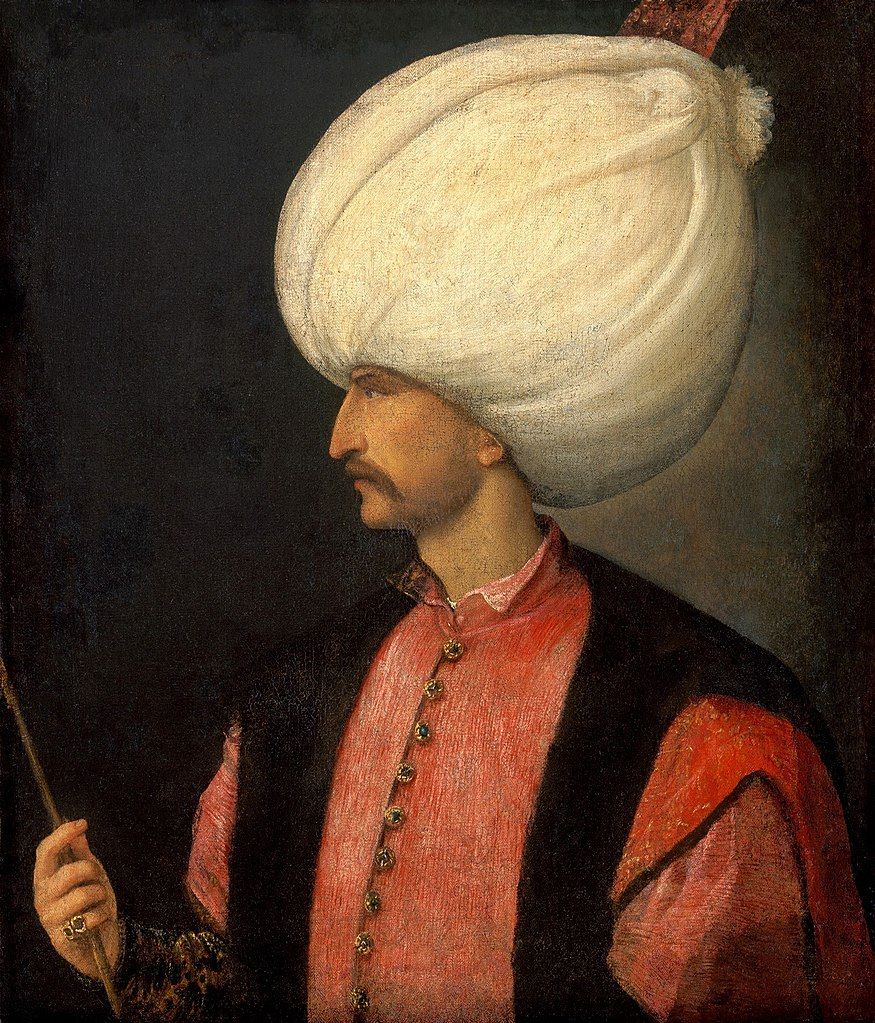
Reign: 1520 – 1566
Key Achievements:
- Conquered Belgrade in 1521 and significantly expanded the Ottoman Empire’s territory.
- Transformed the Ottoman Empire into the world’s most powerful state during his reign.
- Implemented major legislative reforms, enhancing the legal framework of the empire.
Suleiman I, also known as “The Magnificent,” is perhaps the most renowned of the Ottoman Sultans, celebrated for both his military conquests and his profound impact on the empire’s legal and cultural systems. His successful siege of Belgrade in 1521 marked the beginning of a series of conquests that would greatly expand Ottoman territory in Europe and Asia, solidifying the empire’s status as a global power.
Under Suleiman’s rule, the Ottoman Empire reached its zenith, becoming the preeminent political, cultural, and economic power of the world. His legislative reforms, known as the “Kanun,” served to streamline and codify the legal processes, thereby enhancing the governance and societal structure of the empire. Suleiman was also a great patron of the arts, contributing to a cultural renaissance that saw the empire flourish in architecture, literature, and the arts, symbolized by the architectural masterpiece of the Süleymaniye Mosque in Istanbul. His reign is often viewed as the peak of the Ottoman Empire’s military, political, and cultural might.
Historical Challenge: Can You Conquer the Past?
Answer more than 18 questions correctly, and you will win a copy of History Chronicles Magazine Vol 1! Take our interactive history quiz now and put your knowledge to the test!

